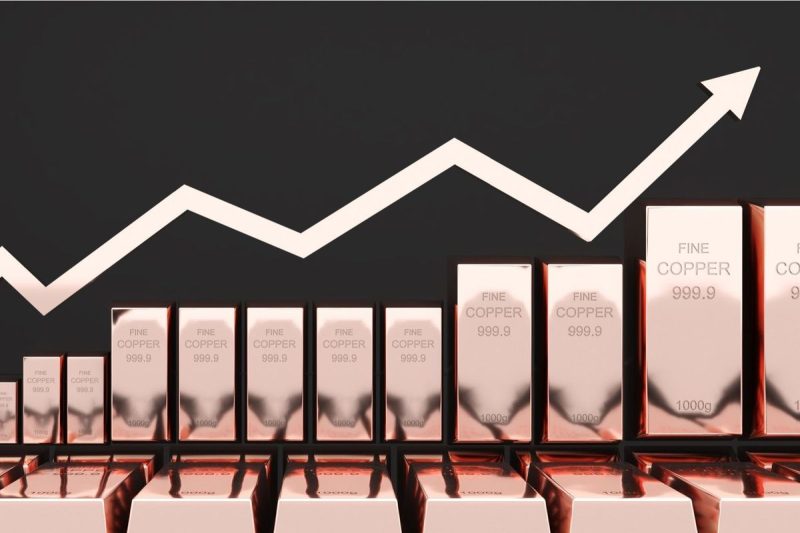Investing in copper has been a hot topic in recent years as the demand for this versatile metal continues to rise. Whether you’re a seasoned investor or new to the market, understanding how to invest in copper can provide lucrative opportunities for growth and diversification in your portfolio. In this article, we will explore various methods and strategies to help you navigate the copper market successfully.
Physical Copper: One of the most traditional ways to invest in copper is by purchasing physical copper in the form of bars, coins, or ingots. This method allows investors to take direct ownership of the metal and store it securely. However, the downside to investing in physical copper is the associated storage costs and potential security risks.
Copper Futures and Options: For more risk-tolerant investors, copper futures and options offer a way to speculate on the price movements of copper without actually owning the physical metal. Futures contracts allow investors to buy or sell a specific amount of copper at a set price on a future date, while options provide the right, but not the obligation, to buy or sell copper at a predetermined price within a specified time frame.
Copper Mining Stocks: Another popular way to invest in copper is through mining companies that extract and produce copper. Investing in copper mining stocks can provide exposure to the copper market while diversifying risk across a portfolio of different companies. However, it’s important to research and analyze individual mining companies to understand their financial health, operational efficiency, and growth prospects.
Copper Exchange-Traded Funds (ETFs): For investors seeking a more diversified and passive approach to copper investing, copper ETFs offer a convenient solution. These funds typically hold a portfolio of copper-related assets, such as mining stocks, futures contracts, and physical copper, and trade on major stock exchanges like traditional stocks. Copper ETFs provide liquidity, transparency, and easy access to the copper market for both retail and institutional investors.
Copper Derivatives: Sophisticated investors may consider using copper derivatives, such as structured products, swaps, or structured notes, to gain exposure to the copper market. While these instruments can offer enhanced returns or risk management benefits, they also come with higher complexity and counterparty risks that require a thorough understanding of derivative trading.
Market Analysis and Research: Regardless of the investment method chosen, conducting thorough market analysis and research is essential for successful copper investing. Factors such as global supply and demand dynamics, geopolitical events, economic trends, and technological advancements can influence the price of copper and impact investment returns. Staying informed through reputable sources and consulting with financial advisors can help investors make well-informed decisions in the volatile copper market.
In conclusion, investing in copper can be a rewarding endeavor for investors looking to diversify their portfolios and capitalize on the growing demand for this essential metal. By exploring various investment options, conducting diligent research, and staying informed about market trends, investors can navigate the copper market with confidence and potentially achieve attractive returns over the long term. Remember to assess your risk tolerance, investment goals, and time horizon before making any investment decisions in the copper market.
